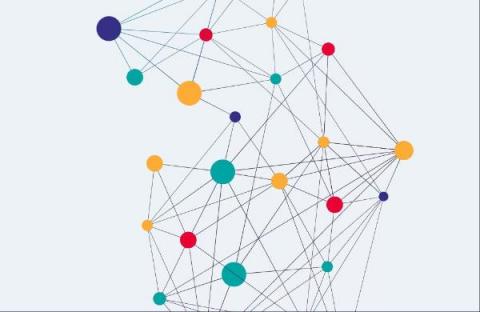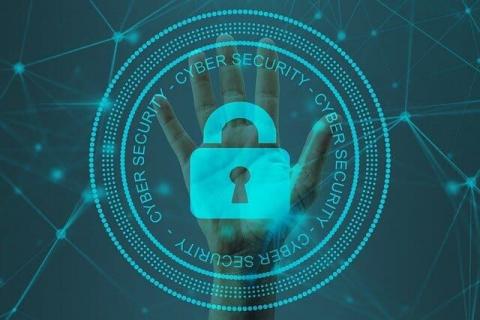How to Boost Confidence in Your Open Source Security with Mend Smart Merge Control
Modern applications are hugely dependent on open-source software. 80 percent of most organizations’ apps and code base is now open source, in some cases more. While this is great for swift development and innovation, it increases the possibility of vulnerabilities arising that bad actors can exploit, and it expands the potential attack surface.










